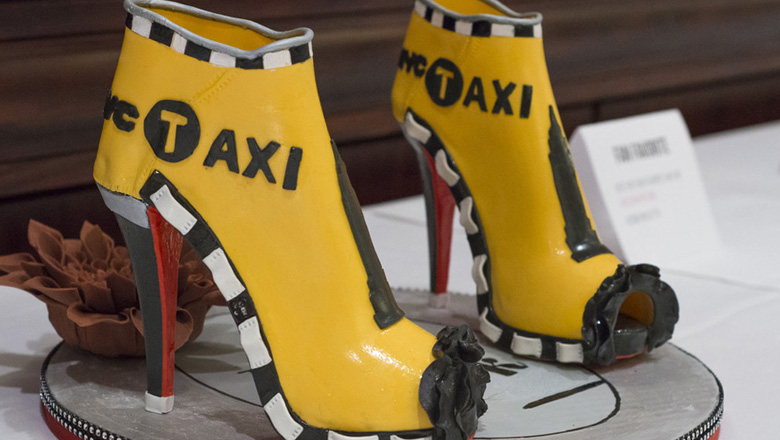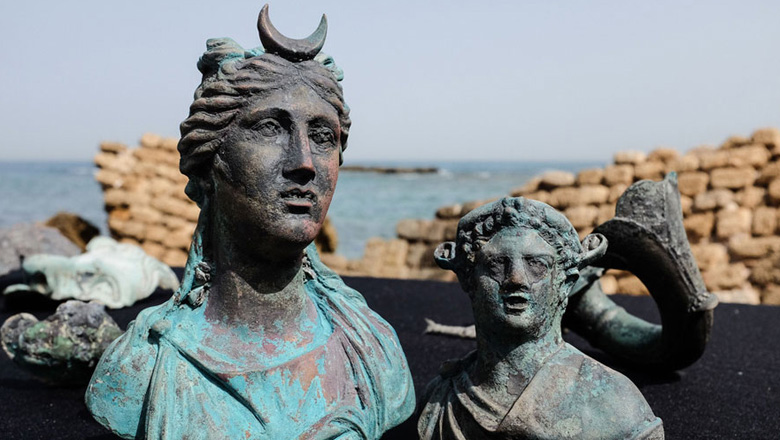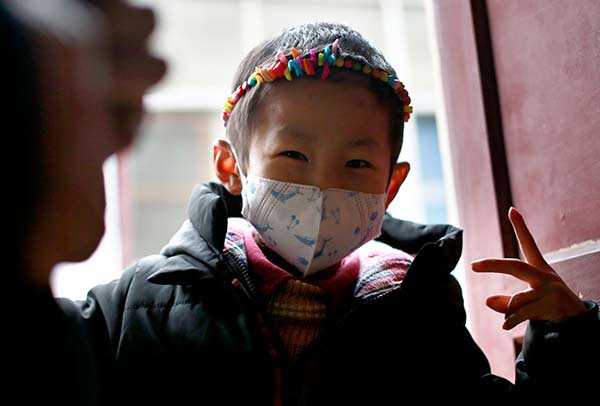Life and death in the house of hope
Updated: 2016-05-17 08:04
By Zhao Xu(China Daily)
|
||||||||
|
1. Wu Qiaoqiao, 9, who had a stem cell transplant four months ago, practices writing Chinese characters in Wujianong. 2. Zhao Jing, 4, at her rented home in the alley. Her family is desperate for money to buy medicine. 3. The family of Li Ao, 10, has spent more money on treatment than any other in the delapidated complex. Photos By Feng Yongbin / China Daily |
"The girl was born to provide blood from the umbilical cord for a much-needed transplant. But it didn't match. That was before the doctors found suitable cord blood in the public blood bank," said Li Guoping, who estimated that his grandson's treatment has cost 1 million yuan since he was diagnosed.
"Half of that amount has to come from our own pockets," he said. The 500,000 yuan they owe is enough to break any rural family with a monthly income of less than 7,000 yuan. In despair, he has turned to loan sharks, who have no idea what the family is experiencing, in his hometown in Yingshang county, and he has also withdrawn large amounts of cash via a credit card, which is illegal in China.
The rest of the money has been paid by the Yingshang County Government, as part of the New Rural Cooperative Medical Scheme, a complex county-based medical insurance plan solely for rural residents, who have no access to the same form of insurance enjoyed by their urban counterparts.
"The scheme has a special arrangement known as Single Disease Pay, designed especially for rural patients with illnesses deemed severe and costly. Leukemia is on the list," Li Guoping said. "Under this arrangement, children younger than 14 with leukemia are entitled to up to 30,000 yuan for chemotherapy and up to 360,000 yuan for a stem cell transplant. Anything above that upper limit then goes to the common insurance scheme, which pays about 50 percent of the cost."
Xu Zhe, the attending physician in the hematology department of the Anhui Provincial Children's Hospital, has been treating Li Ao ever since his arrival at Wujianong, although the stem cell transplant was carried out at the Anhui Provincial Hospital.
"Typically, chemotherapy is recommended for children with low-to average-risk leukemia. The cost ranges between 50,000 yuan and 100,000 yuan," Xu said. "A stem cell transplant is often necessary for high-risk leukemia patients. And the cost, which varies greatly from patient to patient, usually starts at about 200,000 yuan."
Lack of funding
Xu said that the current medical scheme has proved insufficient to keep families afloat mainly because it fails to take many "unpredictable factors" into account.
"Unpredictable and predictable - that's how I describe the many infections endured by my young post-chemo patients," he said. "Hefei is a rainy city. The damp, squalid environment in which they are living only multiplies the problem."
Because the process destroys malignant cells as well as healthy ones, virtually all types of chemotherapy can cause depression of the immune system, accompanied by a drastic reduction in the number of both red and white blood cells and platelets. This makes infection practically inevitable.
"I've never had one child patient who didn't suffer post-chemo infection," Xu said. "And once infection occurs, the anti-bacterial, anti-fungal and anti-viral drugs can easily cost several thousand yuan. It's not uncommon to spend between 10,000 yuan and 30,000 yuan to fight one infection. I know one child whose infection was so severe and complicated that it cost close to 80,000 yuan to overcome."
- Canadian PM to introduce transgender rights bill
- Hillary Clinton says her husband not to serve in her cabinet
- New York cake show designs fool your eyes
- ROK prosecutors seek 17-year prison term for attacker of US envoy
- World's biggest plane leaves Australia
- Conference calls for females to be put at forefront of development

 Apple's CEO Tim Cook's eight visits to China in four years
Apple's CEO Tim Cook's eight visits to China in four years
 Annual New York cake show designs fool your eyes
Annual New York cake show designs fool your eyes
 Divers find ancient Roman cargo from shipwreck in Israel
Divers find ancient Roman cargo from shipwreck in Israel
 Taoist priests worship their ancestors in Central China
Taoist priests worship their ancestors in Central China
 The world in photos: May 9-May 15
The world in photos: May 9-May 15
 Top 10 most generous companies in China
Top 10 most generous companies in China
 Wine market shrugs off slump
Wine market shrugs off slump
 Terracotta teddy bears debut in Wuxi
Terracotta teddy bears debut in Wuxi
Most Viewed
Editor's Picks

|

|

|

|

|

|
Today's Top News
Liang avoids jail in shooting death
China's finance minister addresses ratings downgrade
Duke alumni visit Chinese Embassy
Marriott unlikely to top Anbang offer for Starwood: Observers
Chinese biopharma debuts on Nasdaq
What ends Jeb Bush's White House hopes
Investigation for Nicolas's campaign
Will US-ASEAN meeting be good for region?
US Weekly

|

|










